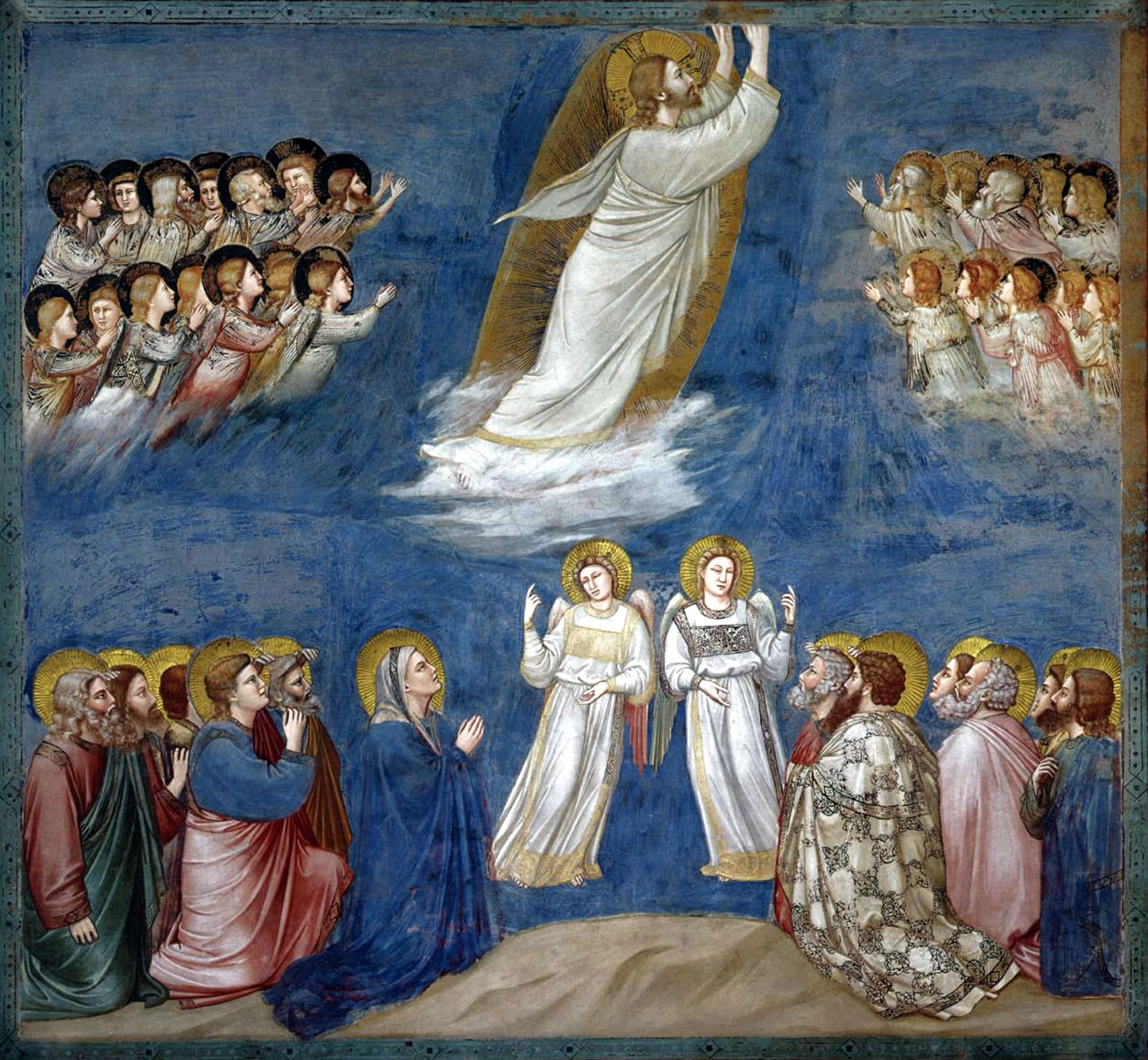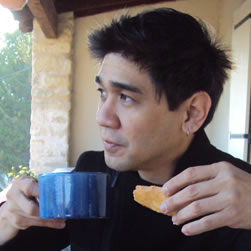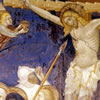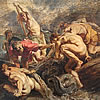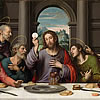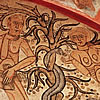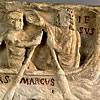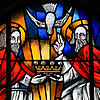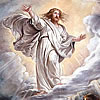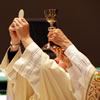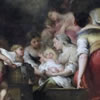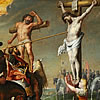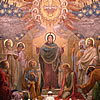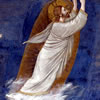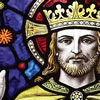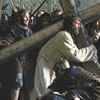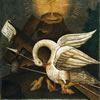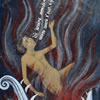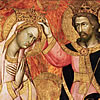The Ascension is not a departure but a glorification
The Ascension is not as if Jesus became a rocketship that lifted off and headed to the stars. It isn’t a departure, but a glorification.
In Christ’s Ascension, the same body that taught, cured the sick, resuscitated the dead, and stopped storms is the same body that was tortured and humiliated. This was the same body that was glorified by entering into heaven.
In Eden, Adam and Eve who were so afraid of death, disobeyed God and fell from grace. Since it was grace that perfected us to be in the image of God, the lack of grace as a result of original sin is a “descent” in nature. When Christ obeyed God and willingly faced death, he bought back for us the grace that would perfect us. He represented us as the first-fruit of a new creation and finally humankind entered back into the fold of God. Our human nature ascended back to its original dignity.
When Christ ascended, he chose to bring with him the scars of his Passion. We know this because after his Resurrection, he showed the wounds of his hands, feet, and side to his apostles. The wounds did not disappear when he ascended. Saint John also tells us in Revelation: “Then I saw standing in the midst of the throne and the four living creatures and the elders, a Lamb that seemed to have been slain.” (Revelation 5:6) The Lamb, of course is Jesus and he bears the marks of the passion. We believe that the hypostatic union – that he is both God and man at the same time – will last forever, and, therefore, not only does his body represent us, his wounded body is incorporated into the communion of the Blessed Trinity.
There, his wounds continue to plead for mercy for all humankind from the Father. As St. Paul told the Hebrews: “For Christ did not enter into a sanctuary made by hands, a copy of the true one, but heaven itself, that he might now appear before God on our behalf.” (Hebrews 9:24) With his scarred body, he continues to save us.
An earthly coronation would have made us think that his kingdom is a worldly one. But he made it clear that it was just the opposite when he spoke with Pilate and said, “my kingdom is not of this world.” (John 18:36) In this context, the Ascension is not a departure but a participation in the divine dimension over space. If he remained on earth, it might be difficult for us to pray to him if we knew he was somewhere as a person on earth. But in his ascended state, Christ is not gone but has become accessible to all of us at every time and in every place. Tied with his presence in the Eucharist, this is his way of fulfilling his promise to be with us until the end of time. In this context, his cryptic words during the Last Supper makes sense: “I am going away and I will come back to you.”(John 14:28) It is in ascending where he comes to all of us.
In an ascended state, Christ has a better “vantage point.” It is like the time he went on top of a mountain to pray as his disciples went on boat but were threatened by a sudden storm.(Mark 6:45-52) He might have been far, but he knew their predicament, walked on water, got into the boat, and calmed the storm. Sometimes, Christ might seem far – we might not even see him or feel him – but he is always watching and he will enter the boat of our life at any moment if we let him.
This is an excerpt from the upcoming book Contemplating the Mysteries of the Holy Rosary, soon to be released by Kindlings Press.
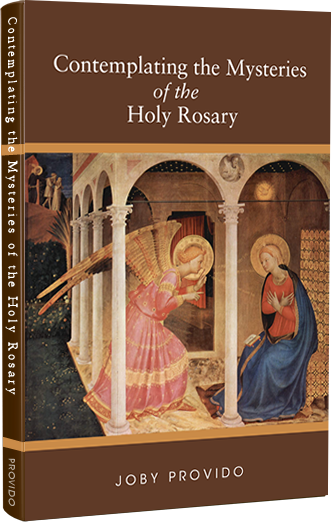
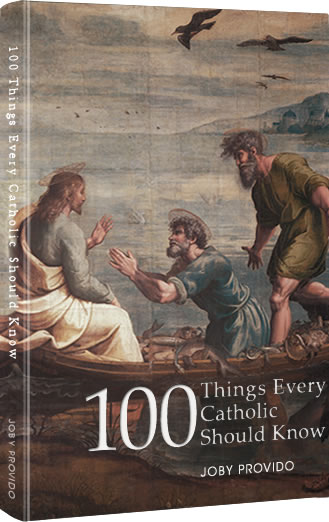
100 Things Every Catholic Should Know
Whether or not you are new to the Catholic Church, or struggling, or lapsed, or dynamically involved, this book will enlighten you with the essentials of the Faith that have been handed down to us by the apostles.
Each of the 100 topics is easy to read and distilled into bite-sized portions. Through cross-referencing, the book also shows how the topics are interrelated. Those who are new to the Faith will find this book an edifying handy reference, and those who have simply forgotten will find it a great review material that might spark a new love for God and religion.
Get your copy now either in Hardbound, Paperback, or Kindle

A Sky Full of Stars
Know Our Lady through her Titles in the Litany
The Church helps us understand who Mary is by honoring her with different titles in the Litany of the Blessed Virgin Mary. Unfortunately, over time and difference of culture, we might not grasp what it is the Church is ascribing to her and lose that opportinity to get to know her.
In A Sky Full of Stars, each title of the Litany is explained so we get know Mary more and fall in love with her all over again.
Get your copy now either in Hardbound, Paperback, or Kindle
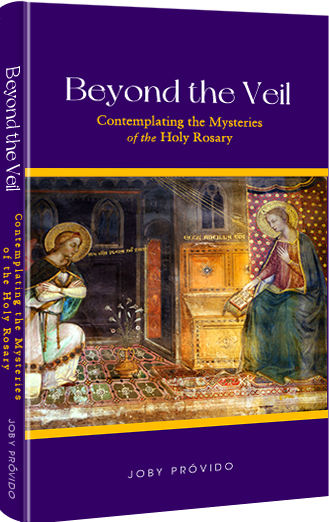
Beyond the Veil
Contemplating the Mysteries of the Holy Rosary
Prayer giants like Pope St. John Paul II, Pope Paul VI, Bl. Archbishop Fulton Sheen, and Bishop Robert Baron advocate that we contemplate on the mysteries of the rosary while we say the vocal prayers. Unfortunately, there are not many books that teach us how to do this. Beyond the Veil comes to the rescue by suggesting seven ways we can pray the rosary the way it was intended.
The larger part of the book offers mental images for each of the mysteries we can use in our contemplation, for how can we imagine the scenes in the rosary if we don't know about them?
Get your copy now either in Hardbound, Paperback, or Kindle
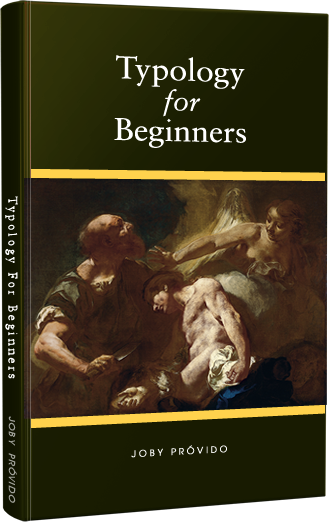
Typology for Beginners
A Catholic Perspective on understanding the New Testament through the Old Testament
First-century Jews converted to Christianity in droves because of the way the New Testament was written to show Jesus was the Messiah promised by the Old Testament. We also learn about how Mary is the New Eve and the Ark of the Covenant in the way the writers portray her.
Through typology, the patterns that connect the Old and New Testaments make the Bible stories more accessible so that one becomes excited to read Sacred Scripture again.
Get your copy now either in Hardbound, Paperback, or Kindle


